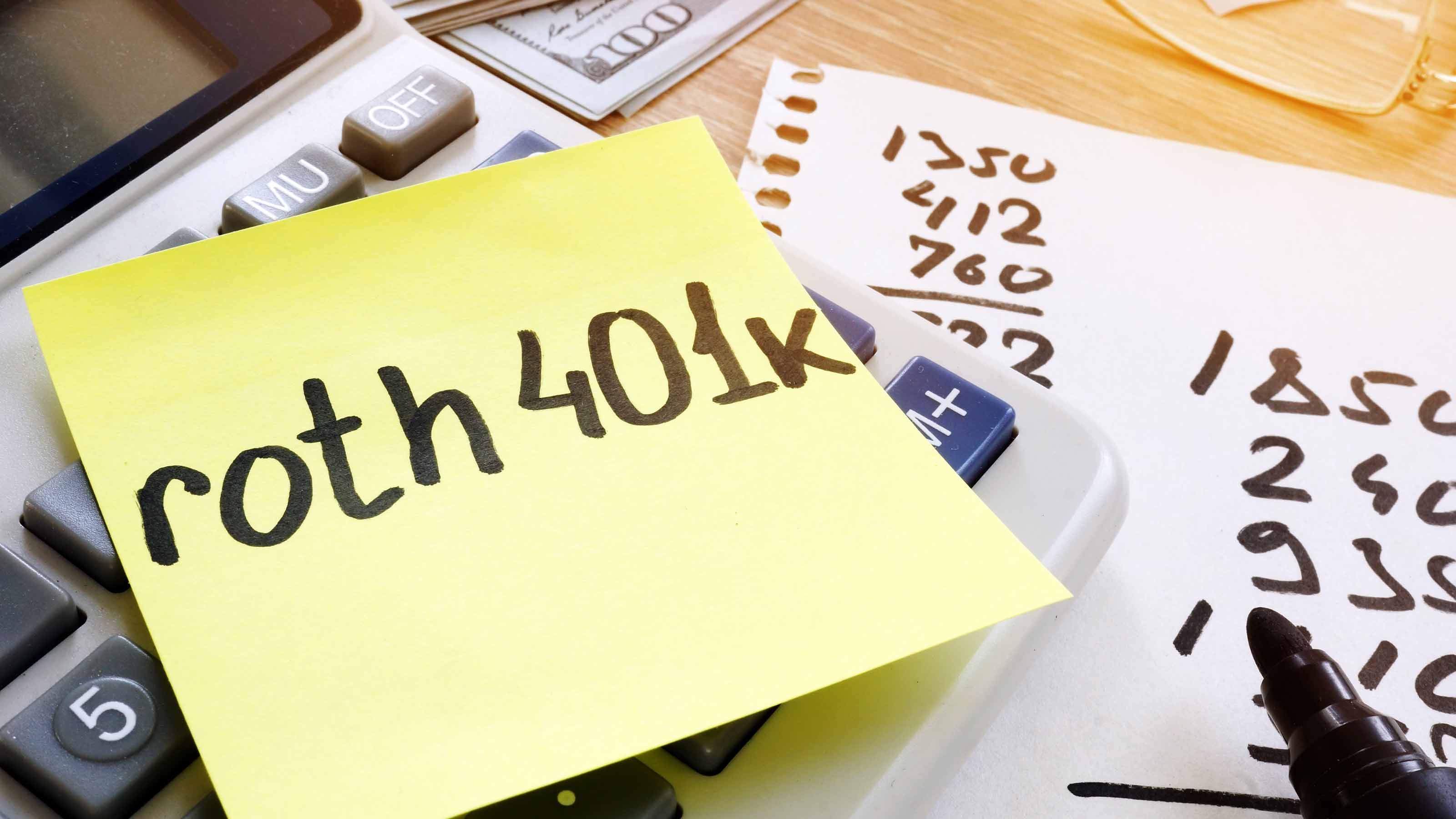What You Need to Know About Roth Conversions
Lock in tax-free retirement income with no money down and up to three years to pay.

1. Good News: You're eligible. Until now, only taxpayers with income of $100,000 or less were permitted to convert a traditional retirement account to a Roth IRA. But the income-eligibility limit on Roth conversions disappears on January 1 (income-eligibility limits on contributions remain in effect). That means that high earners can now hop on the tax-free-retirement-income gravy train.
2. And just in time. With federal budget deficits expected to top $9 trillion over the next ten years, it's a safe bet that income taxes will increase to deal with the rising sea of red ink. Upper-income Americans, previously barred from funding Roth IRAs, are likely to bear the brunt of future tax hikes. That makes a compelling argument for converting assets in traditional IRAs, which will be fully taxed when you tap them in retirement, to tax-free Roths.
The catch is that you must pay income taxes at your current rate on any amount you convert. Plus, if you’re younger than 59 ½, your Roth must be open at least five years before you can tap the converted amount penalty-free. The five-year rule does not apply to taxpayers over age 59 ½. Once you reach that age, you can withdraw converted amounts from your Roth without penalty. If you run through the entire converted amount and begin dipping into earnings before you pass the five-year test, the earnings would be taxed-- although no penalty would apply if you're at least 59 ½. In general, all of your Roth withdrawals, including earnings, are tax-free and penalty-free as long as you are at least 59 ½ years old and the converted account has been open at least five years.
From just $107.88 $24.99 for Kiplinger Personal Finance
Become a smarter, better informed investor. Subscribe from just $107.88 $24.99, plus get up to 4 Special Issues

Sign up for Kiplinger’s Free Newsletters
Profit and prosper with the best of expert advice on investing, taxes, retirement, personal finance and more - straight to your e-mail.
Profit and prosper with the best of expert advice - straight to your e-mail.
3. Plus, no payments for one year. If you convert to a Roth in 2010, you're entitled to extra time to pay the tax bill on the converted amount. Although you will be taxed on the entire amount you convert, you can spread the bill over the next two years, reporting half of the conversion on your 2011 tax return (due in April 2012) and the balance on your 2012 return (due in April 2013). That gives you a lot of time to come up with the cash to pay your tax. This is not an all-or-nothing deal; you can convert a portion of your IRA at any time and pay the taxes as you go. But the option to spread the tax bill over two years is available only if you convert in 2010. One note of caution: If you convert a large amount of money to a Roth, it could boost your taxable income substantially, and you might need to pay quarterly estimated tax in 2011 and 2012 to avoid an underpayment penalty.
4. The sooner you act, the better. You owe taxes on the value of the IRA as of the conversion date. So making the switch early in 2010 will save you money if the account value continues to grow throughout the year. And if the Roth's value declines later on, there's a way out: You can convert the account back to a traditional IRA (a process known as a recharacterization) without paying income tax. You have until October 15, 2011, to make a final decision on any 2010 Roth conversion.
5. You could hedge your bets. You might divide the converted amounts among multiple Roth IRAs according to asset class. Say, for example, your stock funds soar but your bond funds tank. You end up with a bargain tax bill on the winning stock-portfolio account, and you can recharacterize the losing bond account without a tax liability.
6. The feds aren't going to hit the undo button. No need to worry that Congress will one day eliminate the tax-free Roth after you've paid your taxes. The taxes collected on Roth conversions are a moneymaker for the cash-strapped U.S. government. If Congress were to decide to kill the Roth, existing accounts would likely be grandfathered -- or lawmakers would face a taxpayer revolt.
Profit and prosper with the best of Kiplinger's advice on investing, taxes, retirement, personal finance and much more. Delivered daily. Enter your email in the box and click Sign Me Up.

-
 The Retirement Donor's Checklist: Key Deadlines by Gift Type
The Retirement Donor's Checklist: Key Deadlines by Gift TypeRetirees have some charitable contribution options that can help avoid spikes in income from RMDS and capital gains.
-
 Cooler Inflation Supports a Relief Rally: Stock Market Today
Cooler Inflation Supports a Relief Rally: Stock Market TodayInvestors, traders and speculators welcome much-better-than-hoped-for core CPI data on top of optimism-renewing AI earnings.
-
 Are T-Mobile's Prepaid Perks a Home Run or a Strikeout?
Are T-Mobile's Prepaid Perks a Home Run or a Strikeout?T-Mobile's prepaid lineup promises MLB.TV, T-Mobile Tuesdays and hotspot data. But do the perks make it worth switching?
-
 457 Plan Contribution Limits for 2026
457 Plan Contribution Limits for 2026Retirement plans There are higher 457 plan contribution limits in 2026. That's good news for state and local government employees.
-
 Medicare Basics: 12 Things You Need to Know
Medicare Basics: 12 Things You Need to KnowMedicare There's Medicare Part A, Part B, Part D, Medigap plans, Medicare Advantage plans and so on. We sort out the confusion about signing up for Medicare — and much more.
-
 The Seven Worst Assets to Leave Your Kids or Grandkids
The Seven Worst Assets to Leave Your Kids or Grandkidsinheritance Leaving these assets to your loved ones may be more trouble than it’s worth. Here's how to avoid adding to their grief after you're gone.
-
 SEP IRA Contribution Limits for 2026
SEP IRA Contribution Limits for 2026SEP IRA A good option for small business owners, SEP IRAs allow individual annual contributions of as much as $70,000 in 2025, and up to $72,000 in 2026.
-
 Roth IRA Contribution Limits for 2026
Roth IRA Contribution Limits for 2026Roth IRAs Roth IRAs allow you to save for retirement with after-tax dollars while you're working, and then withdraw those contributions and earnings tax-free when you retire. Here's a look at 2026 limits and income-based phaseouts.
-
 SIMPLE IRA Contribution Limits for 2026
SIMPLE IRA Contribution Limits for 2026simple IRA For 2026, the SIMPLE IRA contribution limit rises to $17,000, with a $4,000 catch-up for those 50 and over, totaling $21,000.
-
 457 Contribution Limits for 2024
457 Contribution Limits for 2024retirement plans State and local government workers can contribute more to their 457 plans in 2024 than in 2023.
-
 Roth 401(k) Contribution Limits for 2026
Roth 401(k) Contribution Limits for 2026retirement plans The Roth 401(k) contribution limit for 2026 has increased, and workers who are 50 and older can save even more.